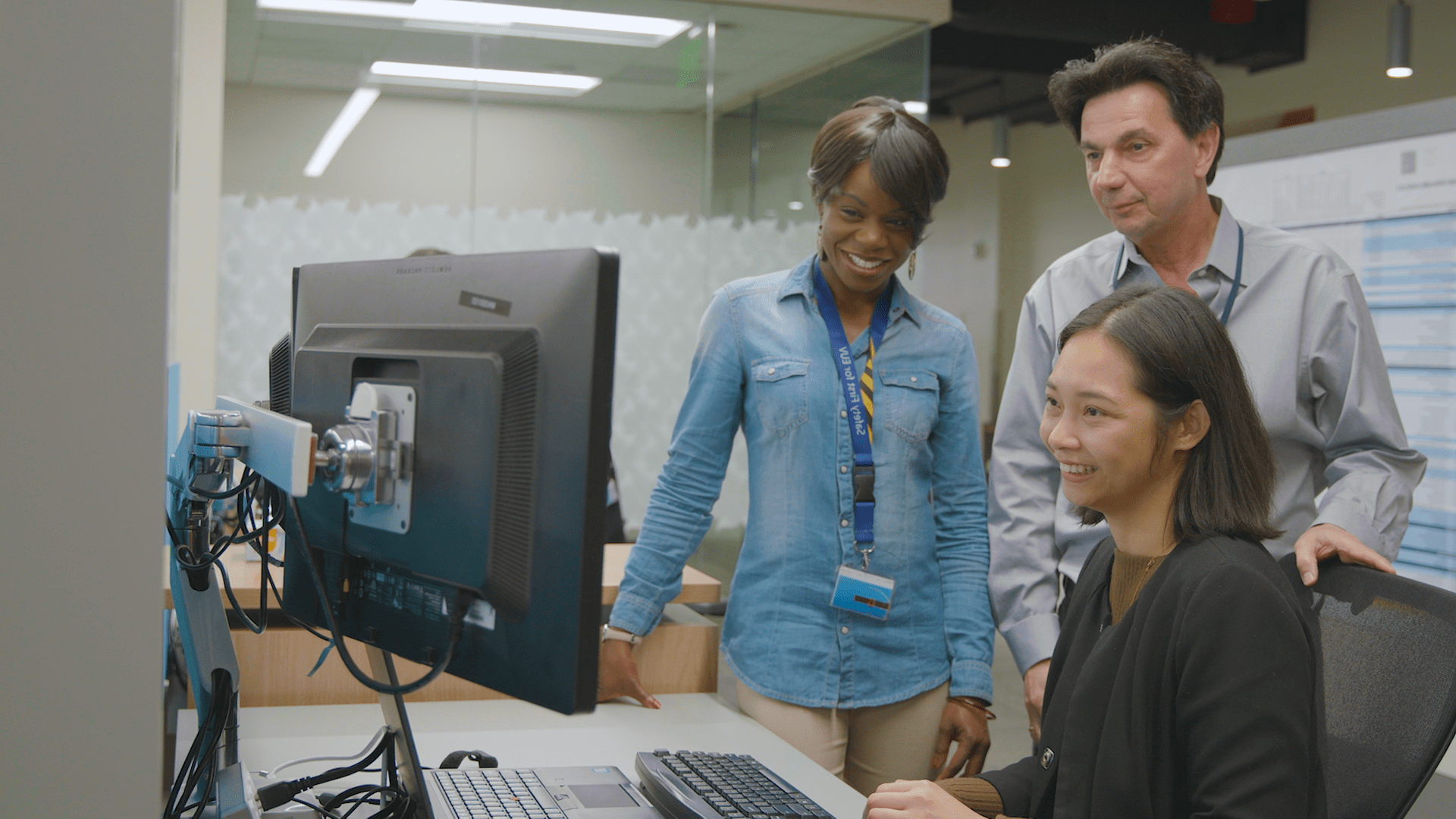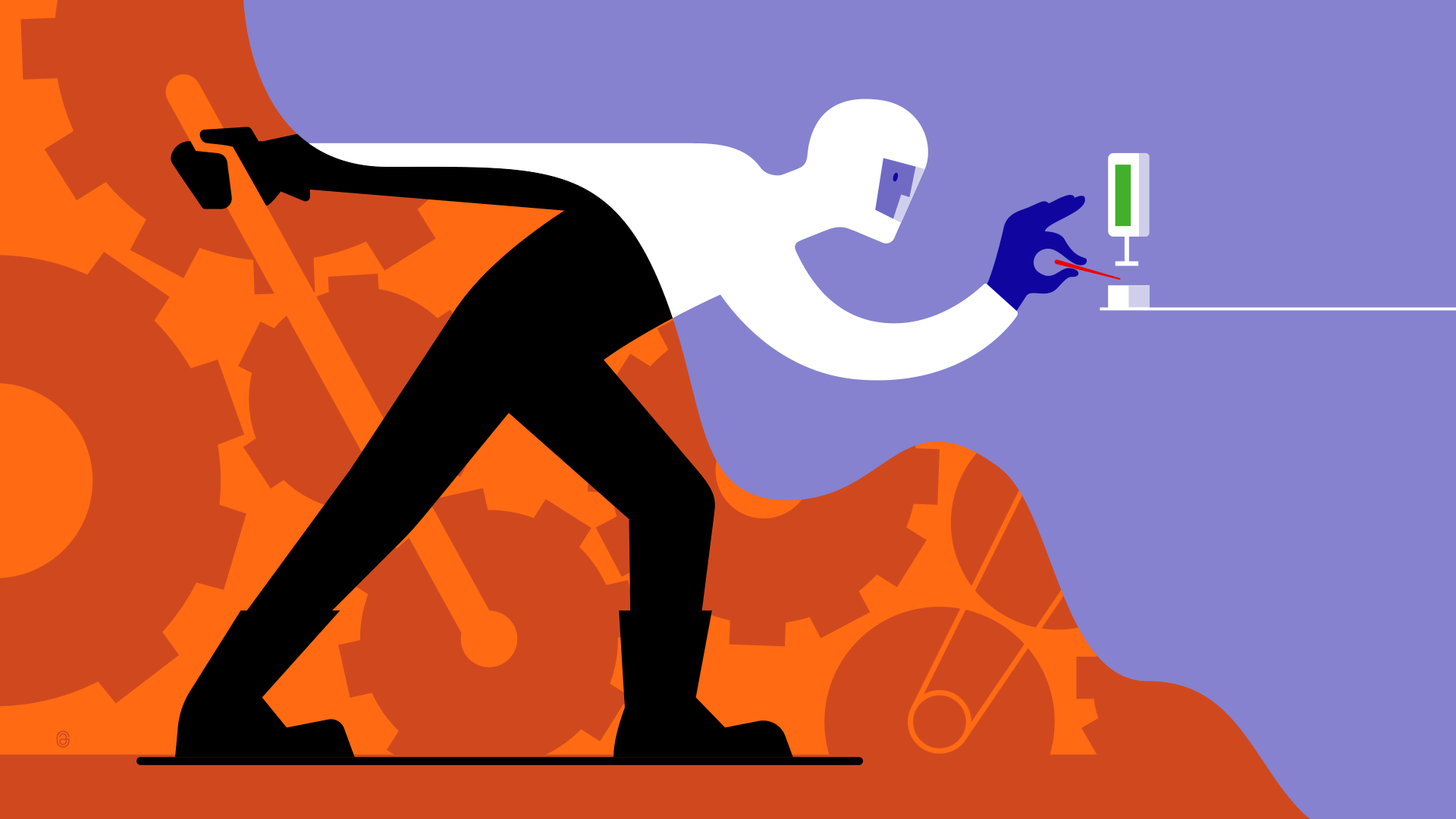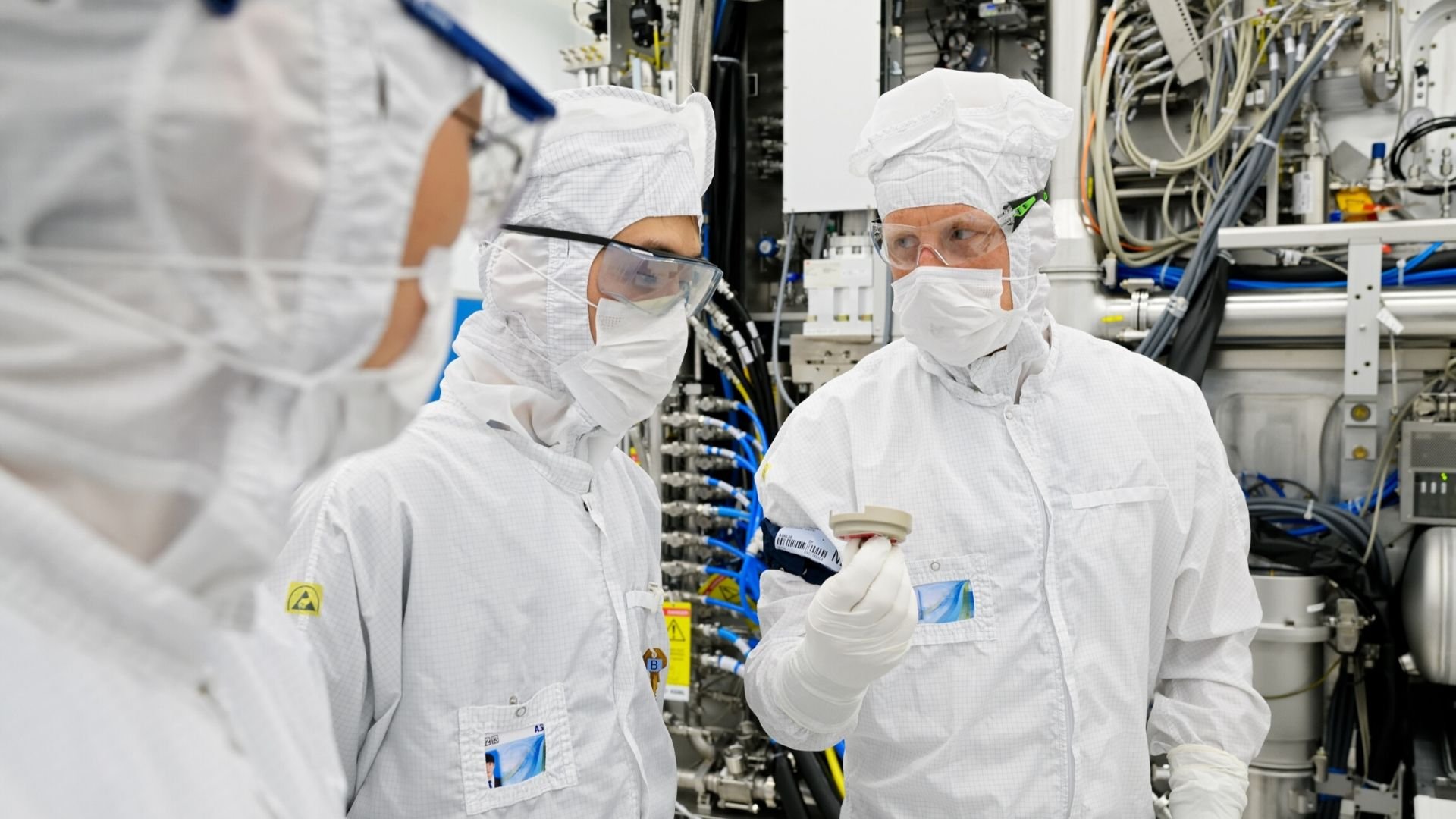5-minute read - by Kailey Erlich, April 7, 2021
Right now, there are about 40 billion active devices within the artificial intelligence of things (AIoT) – a number that is set to increase to 350 billion devices by 2030. Chances are that many of these devices will be powered by microchips printed using ASML technology. With that kind of growth, the semiconductor industry and the demand for our lithography machines isn’t going away anytime soon.
We depend on future innovators and engineers to carry us through this next generation of technology, so we have to invest in their potential now. It’s why we’re one of many tech companies partnering with universities to create programs, courses and curricula to develop technical talent with the skills needed in the semiconductor industry.
We have a varied mix of collaborations with over 180 universities and schools across the globe. Here’s a deeper look at a few of our research partnerships in the US that have resulted in value to students and ASML alike.
University of California San Diego (UCSD)
Meet the professor: Dr Farhat Beg
Dr Farhat Beg is the director of the Center of Energy Research (CER), the High-Energy Density Physics (HEDP) Group, and professor of mechanical and aerospace engineering. In spring 2020, his students participated in the first-ever virtual course on EUV lithography. Through providing lectures within the course, we help deepen Dr Beg’s understanding of ASML technology while allowing students to uncover the relationship between the semiconductor industry and their university coursework.
ASML and UC San Diego: The first-ever virtual course on EUV lithography
With more than 125 graduate students studying under him across the country, Dr Beg offers a wealth of knowledge and experience in energy research and nuclear fusion, which are highly synergistic technologies with our EUV source development needs.

About the Mechanical and Aerospace Engineering (MAE) 190 course at UCSD
The course heavily emphasizes ASML’s EUV lithography source. It also features guest appearances from various ASML employees in San Diego who are also UCSD alumni, such as Dr Alexander Schafgans, director of EUV Source Performance at ASML, who demonstrated how our technology impacts the world.
“I did not know anything about photolithography or EUV lithography before taking this course,” shared Brian Lee, a mechanical engineering student at UCSD. “This is the future, and it’s expanding as we speak.”
This is just the beginning of an exciting chapter in our relationship with Dr Beg. A new lab is being built on the UCSD campus, where students will have access to a laser-produced plasma test bench with diagnostics. Once complete, the lab will be a cornerstone of our plan to continue developing the future workforce by providing more hands-on learning experience for UCSD students.
University of Illinois at Urbana-Champaign (UIUC)
Meet the professor: Dr David Ruzic
ASML’s relationship with Dr David Ruzic, director of the Center for Plasma-Material Interactions (CPMI), at UIUC began in the early 2000s and has flourished into a multifaceted endeavor that includes graduate student research, undergraduate capstone projects, and general science topics related to plasma physics. Multiple graduate students work on ASML-funded projects from the UIUC collaborative research program under Dr Ruzic.
“I think this is the most complicated machine that exists in the world,” says Dr Ruzic about ASML’s EUV lithography source.
As a world-renowned plasma physicist who has led CPMI for almost 35 years, Dr Ruzic and UIUC play a critical role in helping solve some of our most challenging problems, such as our machines’ operation in a hydrogen plasma environment and the improvement of their tin cleaning efficiency. When it comes to hot dense plasmas and the lifetime of components inside our EUV vessel, his hypotheses and approach to problem-solving are highly valued by ASML.
UIUC graduates become ASML employees
Several of Dr Ruzic’s former students now work at ASML San Diego and share his passion for resolving technological challenges.
“I feel like my education prepared me for work at ASML because the program is structured to challenge the way we think as engineers and utilize collaboration with our colleagues,” says Brandon Pelc, an ASML engineer in San Diego and former UIUC student.
“ASML does a good job of combining different competencies and bringing people together,” says Ryan Thompson, another ASML engineer and former student of Dr Ruzic.
In order to continue innovating leading-edge technology, we rely on our engineers and technical professionals from a broad range of disciplines to share expertise and arrive at well-rounded solutions.
Colorado State University (CSU)
Meet the professor: Dr Jorge Rocca
ASML has a long-standing relationship with Dr Jorge Rocca, director of the National Science Foundation EUV Engineering Research Center at Colorado State University in Fort Collins, CO. At least a dozen advanced degree graduates have joined ASML from his program, and many have made very significant contributions to ASML’s technology – one such example is the invention of the droplet generator used in today's EUV sources.
Harvard University
Meet the professor: Dr Marko Lončar
Our program at Harvard University’s Laboratory for Nanoscale Optics with Dr Marko Lončar, professor of electrical engineering and applied physics, is among our newest partnerships. Starting in 2019, students in this program have had the opportunity to develop, fabricate and test structured diamond optics. Harvard has the extensive facilities required to fabricate these structures, while ASML brings the ability and know-how to test and measure what's important for our applications. Although these new optics haven’t been applied in our current product portfolio to date, they will be included in our future technology roadmap.
Internships at ASML: the final step to employment
In addition to these programs, ASML offers real-life experience in co-op programs and internships, which feature invaluable industry training that prepares students for professional success. Learn more about our internships, browse open opportunities and read testimonials from previous interns.
The semiconductor industry continues to innovate new consumer electronics and devices which will inevitably present more job opportunities in the future. We can only match that rapid growth and development by sharing knowledge and inviting students to join us in building the next generation of technology.




